Richard Reay murdered Geoffrey Fardell in Kempsey jail cell despite repeated warnings he would kill
Richard Reay had more than 60 incidents of extreme violence inside prison long before authorities placed him with a man on remand for minor offences. Within a week his cellmate was dead.
Police & Courts
Don't miss out on the headlines from Police & Courts. Followed categories will be added to My News.
Sometimes it would start with him moulding a mattress into the shape of a body before the simulated grave digging began.
Inside his specially-built jail cell and with his chiselled muscles bulging after performing thousands of push-ups and sit-ups one after another, he would continue pretending to shovel dirt for hours, the entire time staring down a security camera as if in an effort to silently intimidate prison guards watching on.
Because even in the rough and tumble world of jail, Richard Jason Reay stood out as one of the nastiest humans to ever exist behind the razor wire.
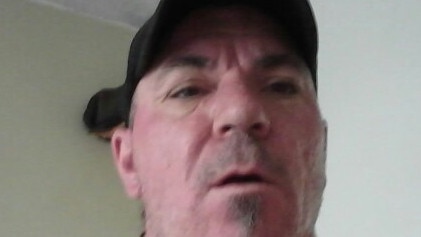
The Lake Macquarie man, who admitted using slingshots to shoot animals as a young boy just so he could watch them slowly die, has well over 60 brutal acts of violence documented on his file while inside Queensland and NSW prisons since 2003.
They include a litany of vicious assaults on other inmates and prison guards, the mayhem seeing him breaking bones and causing brain bleeds in what experts have described as constant unprovoked acts of extreme violence.
And together with his bizarre behaviour — which included punching the concrete besser block walls of his cell to “keep his hands hard” — it is this history which has the mother of Geoffrey Fardell understandably furious with the prison system.
Mr Fardell was a 52-year-old and on remand for relatively minor offences when he was thrown into Cell 234 in the B Section of the Mid North Coast Correctional Facility at Kempsey on June 3, 2019.
Within a week, Mr Fardell would be dead after being strangled by Reay in what NSW Supreme Court Justice Robert Allan Hulme would describe as involving “an effort that is at least as deliberate but is more sustained than most other forms of killing a living being’’.
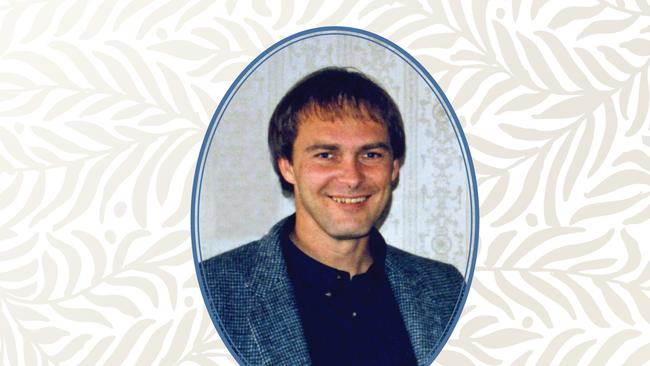
Ever since the murder, which saw Reay receive a 30-year jail sentence last month, Sandra Deveson has been questioning the jail’s screening process for allowing Reay contact with her son and other prisoners.
She still hasn’t received an answer.
“Is it too hard for me to think that [Reay] should have never been in a cell with anyone. No one can behave like he has and then be placed in with someone else,’’ Ms Deveson said.
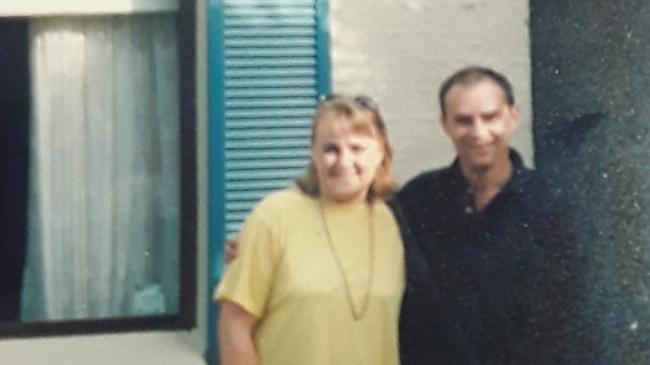
Reay’s history inside jail had seen him segregated from the prison population many times.
During a stint in Brisbane’s Arthur Gorrie Correctional Centre — where he simulated the grave digging and performed other bizarre rituals — Reay was kept well away from other prisoners.
That was because he was charged with five assaults in the first three days he was inside the jail in 2003.
And there were another four bashings in just over six weeks.
And even when segregated, Reay was still violent — out of the 41 incidents on his rap sheet inside Arthur Gorrie Correctional Centre, 14 of them were for bashing staff.
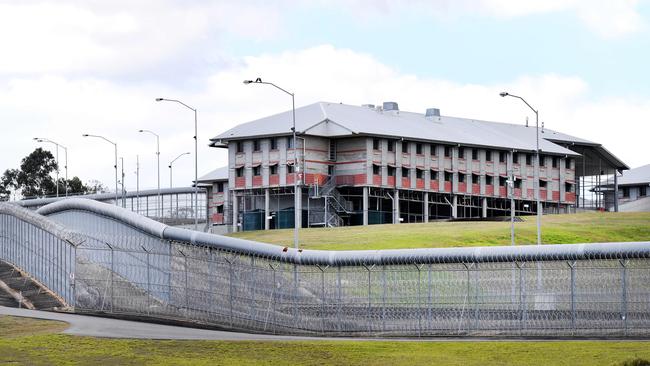
A significant Queensland prison report on Reay’s “compulsive behaviour patterns”, written well over decade before he murdered Mr Fardell, detailed many of his weird tendencies including that he “continually masturbates in full view of a security camera in his cell” and in front of female prison staff.
Chillingly, the assessment included “there is a high risk of him killing or seriously injuring other prisoners or persons whom he may come into contact with’’.
But it appears that warning was ignored.
In finding Reay guilty of Mr Fardell’s murder, Justice Hulme detailed even more recent “infractions” while in custody.
In fact, in the 14 months before the murder, Reay had bashed other inmates at least seven times, the last only 13 days before Mr Fardell was found dead.
He had fought with a cellmate who Reay said “had religious views which I didn’t agree with’’.
He bashed another prisoner because he refused to turn down the volume on a television the night before.
He “squared up’’ with another inmate he said had been involved in a “joint assault” on Reay the week before.
“When an inmate offered to shake hands, he punched the inmate in the face as retribution for an incident that occurred in another jail about four or five years earlier,’’ Justice Hulme said.
“He punched an inmate for being one of a number who were telling tales about him.
“He put up with an inmate behaving annoyingly in a holding cell for 10 or 15 minutes before punching him in the jaw.
“The seventh incident involved retribution for something another inmate had done to him in another jail five or six years earlier.’’
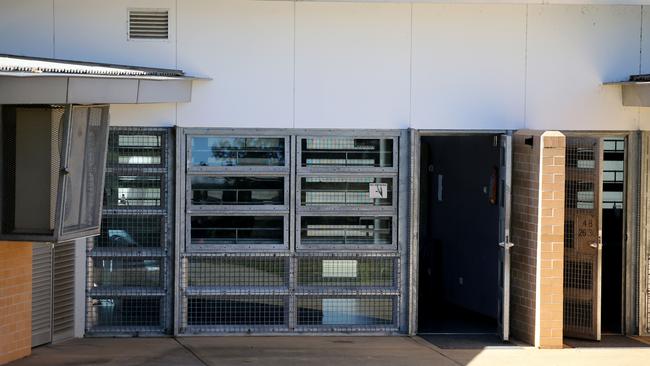
After the last assault on May 27. Reay was taken to Kempsey jail on June 2 - the same day as Mr Fardell - and they began sharing the cell the following day.
Reay would callously claim that it was Mr Fardell who had instigated things sometime after they were locked inside their cell at 3.19pm.
But Justice Hulme completely rejected Reay’s claims.
“Geoff wasn’t violent and he would have been trying to keep his head down,’’ Ms Deveson said.
“Taking a life and [Reay’s violent history with no provocation - he should be serving a life sentence,’’ Ms Deveson said.
“I was still on speaker after Judge Hulme handed down the sentence and heard [Reay] suggest he thought he would be rubber stamped [receive life in prison] and that he can appeal.
“He has shown no remorse whatsoever.
“After murdering Geoff in a most horrendous way, [Reay] callously went back to bed, did not sound the alarm for help, sat eating his breakfast and asked for more hot water while Geoff lay on that cold cell floor.’’
Reay’s viciousness also makes him difficult to move.
When Queensland authorities had enough of him and told NSW police to extradite him for offences committed at Windale, a massive operation was planned.
Not unlike scenes from when The Silence of the Lambs’ character Hannibal Lecter was moved, every part of Reay’s travel was scrutinised.
The “Milat mobile”, an armoured truck once built to move the backpacker killer, was used as well as dozens of cops just to drive him over the border.
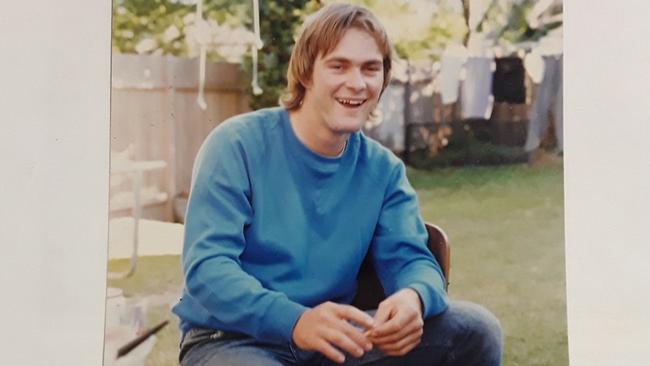
And even after Mr Fardell’s murder, and Reay in his mid-40s, that concern continued.
He was transferred to Cessnock jail two days after the murder before being moved to Long Bay Jail’s segregated housing unit in August 2020 and was redirected to Goulburn’s Supermax in June this year.
The NSW Supreme Court heard that was because of ongoing threats and violence towards staff and other inmates as well as a “history of sexually inappropriate behaviour’’.
And there were already a range of specific conditions in place, including not being alone with female staff and only moved with the assistance of three officers.
But Reay was still a problem, with his move to Supermax coming after he swung his arms at a guard despite being handcuffed and manhandled by three prison officers.
The office of the NSW Coroner confirmed that a mandatory inquest would be held to delve into the circumstances of Mr Fardell’s murder because it was a death in custody.
It remains to be seen whether any of the perceived deficiencies highlighted by Ms Deveson would be critiqued during the coronial investigation.
Corrective Services replied to a series of detailed questions asking why Reay was allowed to be housed with other prisoners with a four line statement.
It included confirmation that Corrective Services had “strengthened procedures” involving two-prisoner cells following Mr Fardell’s murder.
“ Every death in custody is thoroughly reviewed by our investigations team and independently by NSW Police,’’ the statement said.
“The investigation results are provided to the NSW Coroner’s Court, which holds a public inquest.
“Since June 2019, custodial corrections have reviewed and strengthened procedures relating to placement of all inmates in two-out cells, including violent offenders.
“It would be inappropriate to comment further on this matter while it is before the Coroner.’’



